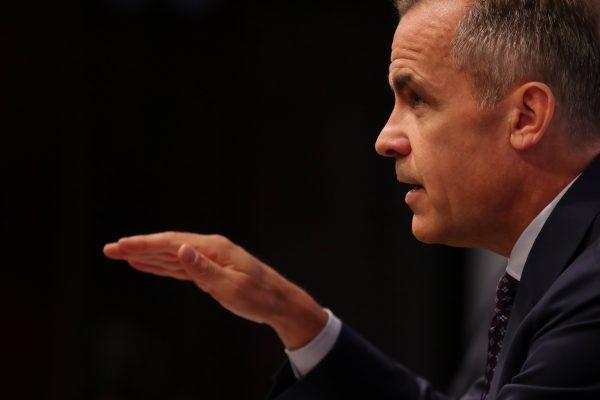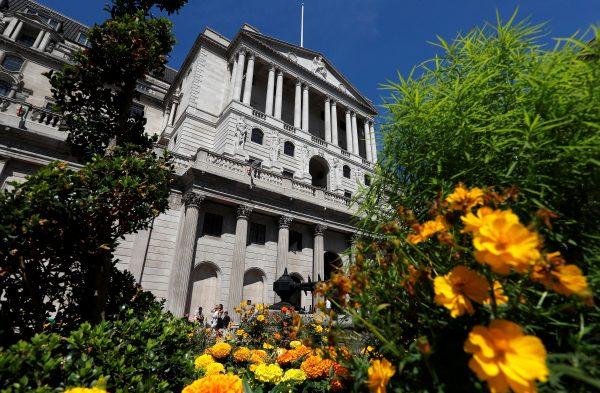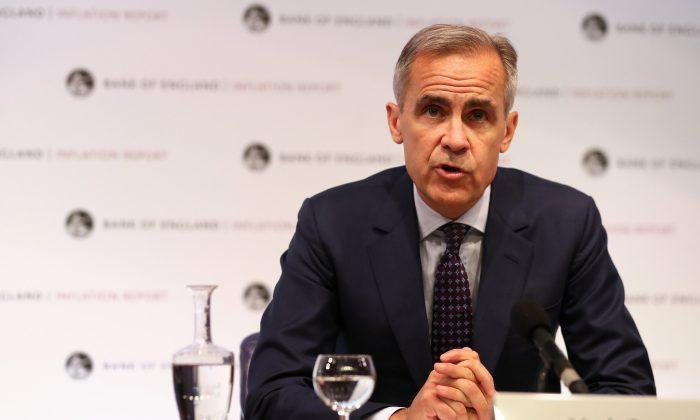The BoE’s nine rate-setters were unexpectedly unanimous in their vote to raise rates to 0.75 from 0.50 percent, the level at which they have spent most of the past decade, apart from a period after the 2016 Brexit vote when they were cut even lower.
Economists polled by Reuters had mostly expected a 7–2 vote in favor of a hike.
But sterling fell against the dollar and the euro and British government bond prices rose after BoE Governor Mark Carney stressed the gradual path for rate hikes ahead.
Growth in Britain, the world’s fifth-biggest economy, has slowed since the referendum decision in 2016 to leave the EU.
The BoE nevertheless said the economy was now operating at almost its “speed limit,” or full capacity, raising the prospect of more home-grown inflation pressure ahead.

Business groups were critical of the decision to raise rates now. The British Chambers of Commerce said it was ill-judged given the degree of uncertainty around Brexit and the Institute of Directors said the BoE had “jumped the gun.”
With less than eight months until Brexit, London, and Brussels—as well as key members of Prime Minister Theresa May’s Conservative Party—remain far apart on what their future trading relationship should look like.
“The mistake is to always wait, wait, wait until you have perfect certainty because we don’t know exactly when that higher degree of certainty is going to transpire,” he said.
The BoE’s message on rates remained one of gradual and limited increases as it saw inflation only a fraction above its 2 percent target over the next few years.

It also expected Britain’s economy would grow by 1.4 percent this year, unchanged from its forecast in May, but it nudged up its 2019 forecast to 1.8 percent from 1.7 percent.
U-Turn Risk
Several private-sector economists have challenged the BoE’s view that inflation pressures are building and say raising rates now only risks a U-turn by the central bank if Britain fails to get a Brexit deal.Carney reiterated there could be “consequences for monetary policy” if Brexit led to a shock for Britain’s economy.
Some investors think the risk of a global trade war is another reason for caution.
The BoE said it saw “tentative signs that actual and prospective protectionist policies were starting to have an adverse impact” on global trade.
It also fleshed out its thinking on how far it is likely to go with its planned rate hikes by publishing a new long-term forecast for what it called Britain’s trend real interest rate, or “R*,” of zero to 1 percent, more than 2 percentage points below its pre-financial crisis level.
Carney said the estimates should not be considered as a target for BoE policy but added r* was likely to rise slowly.






Friends Read Free